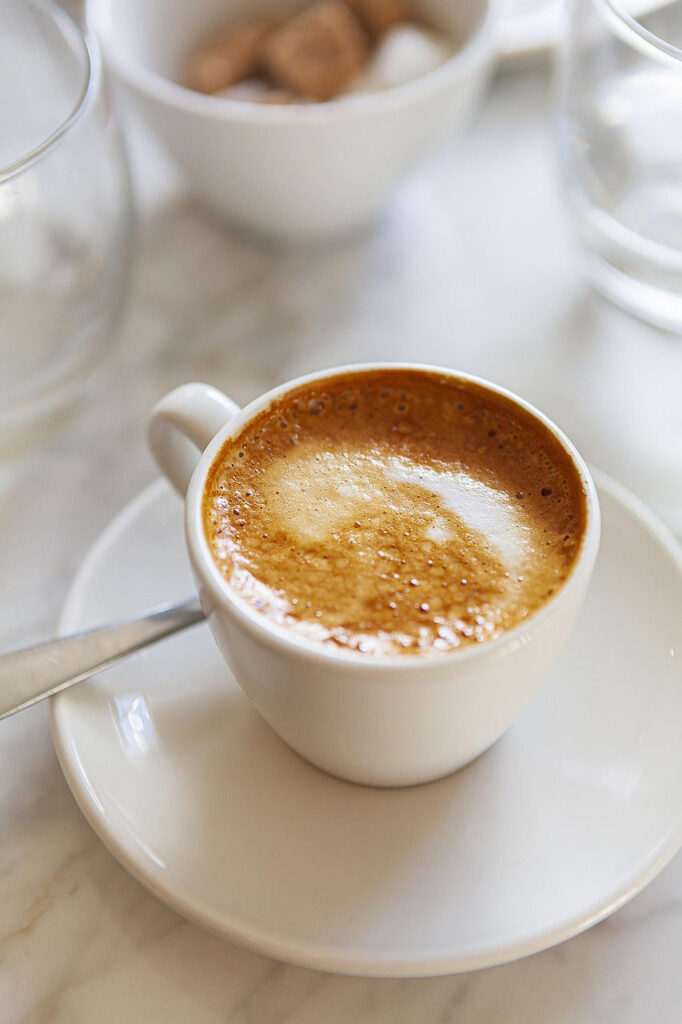
SAD, or Seasonal Affective Disorder, affects around 10 million Americans annually. More colloquially known as “seasonal depression,” SAD can play a large role in increased anxiety this time of year.
Ah, Fall. Pumpkin spice lattes have appeared, leaves are changing colors, and for some people, anxiety may be starting to feel worse. While the definitive cause of SAD is not entirely known, we DO know that fewer hours of sunlight affects our serotonin production, which is related to how our brains regulate the ‘off’ switch to our whether to react to stimuli with fight or flight response.
When our bodies are activated with anxiety, we tend to lean into the feelings and search our brains for what dangers may lie ahead. In the case of Generalized Anxiety Disorder, it is just the way our brains are wired. With less sun, however, hot human summer can turn into an anxious human fall, filled with mixed emotions and increased stress. This means that typical anxiety symptoms may feel out of the blue, resulting in panic, crying spells, disturbed sleep, and disturbed appetite.
Stop searching for the ‘why,’ and instead sit with the ‘what.’
If this sounds familiar, I’m here to remind you that it is okay when these feelings come up. The dreary days and gloomy weather will not last, much like how you feel now. But, while coping, the most important thing is to stop searching for the “why” and instead sit with the “what.”
I hear it all of the time in my office. “If I knew why I was feeling anxious, I could fix it, and I would feel better.” Unfortunately, the specific “why” does not exist for those of us struggling with SAD. As a result of our dysregulated fight or flight response, it can be tripped by various stimuli we aren’t even aware of when we don’t need our nervous system to activate. So, the more you search for the “why,” the longer you will increase the anxiety symptoms.
The “what,” on the other hand, is identifiable. Getting in touch with how we feel is essential to processing the anxiety and being compassionate with ourselves. We can counteract anxiety symptoms by leaning into things that are soothing and restorative in response to how we feel.
Here are a few suggestions to try and help cope with SAD:
1. I know you’ve heard it before, but believe me, get a sun lamp! I cannot recommend these enough. They are inexpensive and help your brain and body reset when it’s dark longer. In order for our circadian rhythm to understand when it is time to be awake and when it is time for bed, we need sunlight. These lamps help regulate serotonin production and aid in a better quality of sleep.
2. Go for walks, even if you have to bundle up. Getting outside of your space and into the fresh air can help your nervous system regulate. Exercise is extremely helpful in reducing anxiety symptoms!
3. Journal, journal, journal. Have too many thoughts in your brain? Write them out and leave them there. We do not need to engage with every intrusive thought that pops up, as convincing as they may feel. With darker days may come moodier thoughts, and it is imperative to treat them like clouds. See them, acknowledge them, and let them float away. The more we dwell in them, the more anxious we make ourselves.
Adding these practices to your seasonal routine can help you get through the gray days ahead and add some pumpkin spice serotonin to your fall!
Becca specializes in anxiety, depression, adolescents, OCD, and LGBTQ+ mental health. To learn more about Becca, read her bio here.
Looking for a therapist or unsure where to begin? Get started on our booking page.

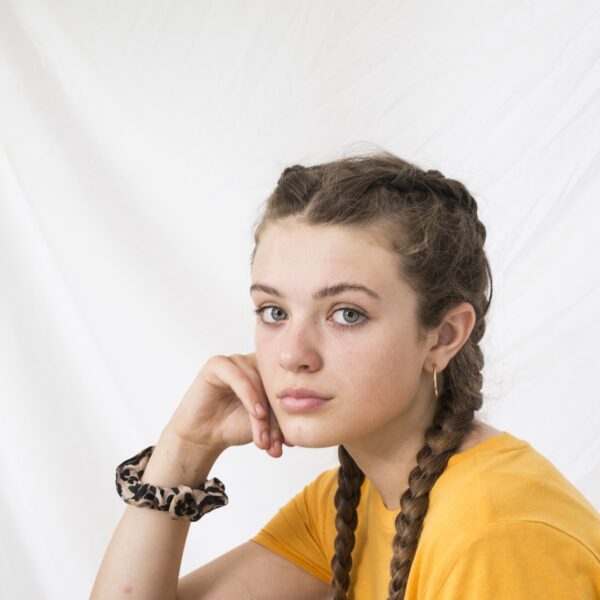
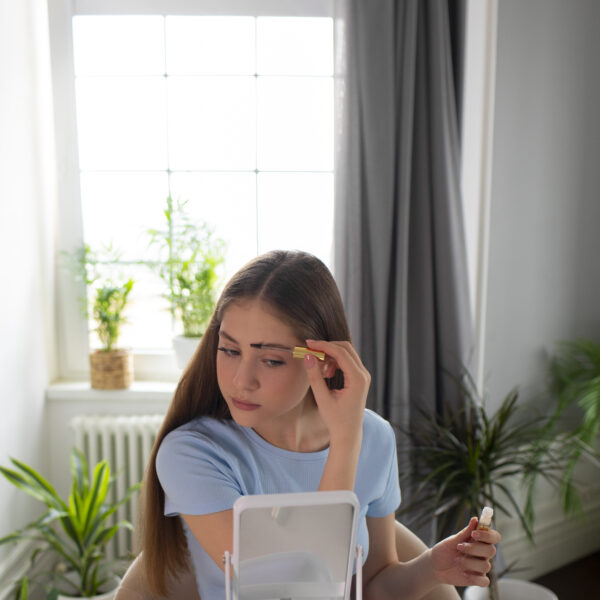
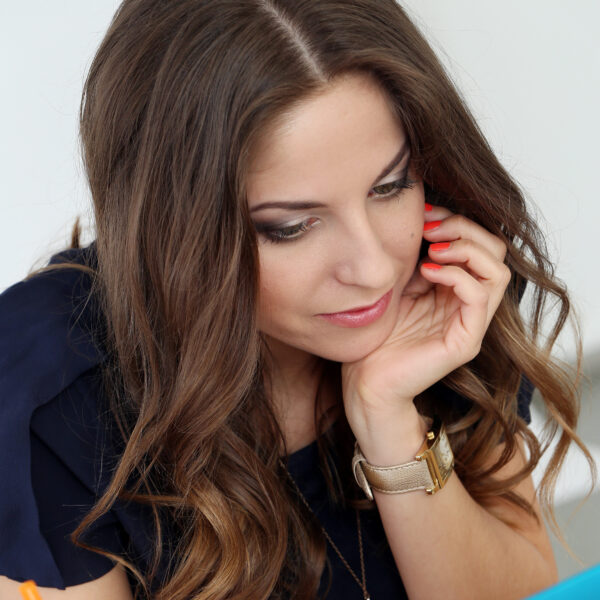
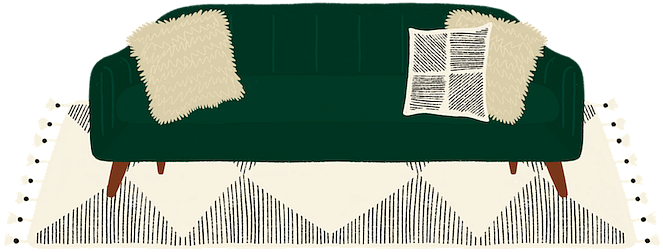
Leave a Reply